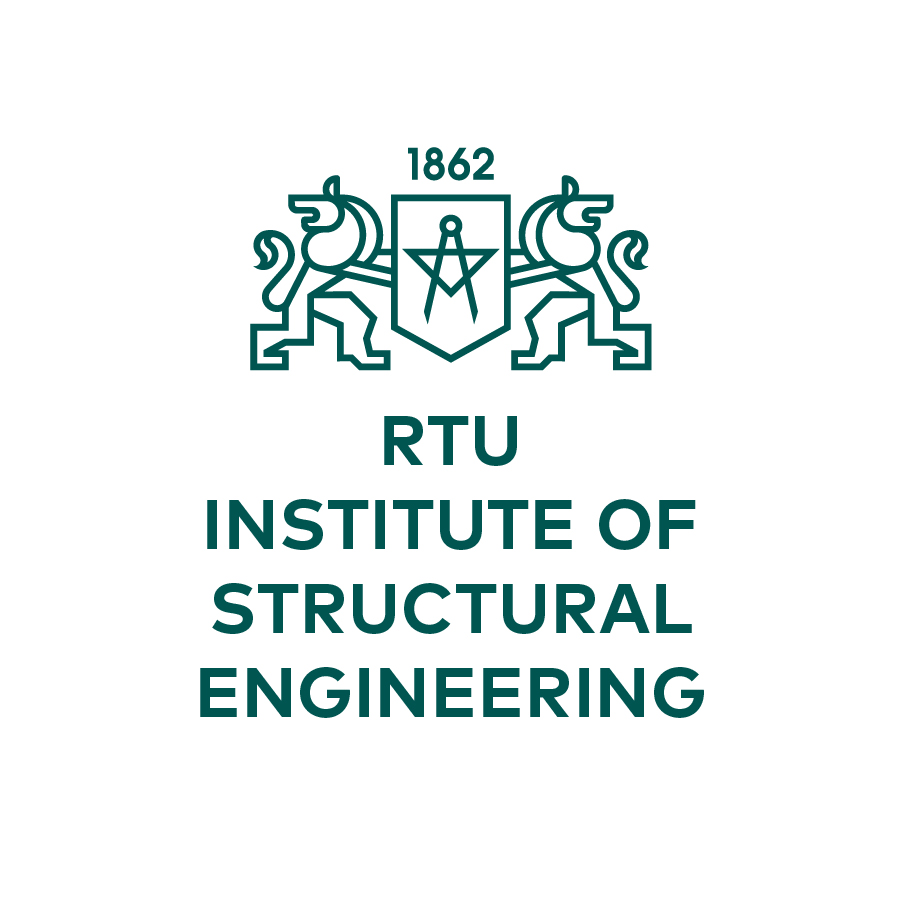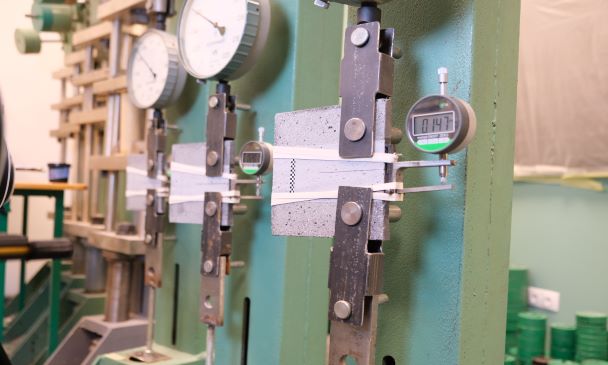Research
Development of new building materials
This research area is related to the study of new and existing construction materials – cement and concrete composites, geopolymer concrete, long-term material properties (creep deformation under different stress and strain conditions), shrinkage deformation, self-healing cement-based composites and concrete durability (frost resistance, alkali-silicate reactivity).
Sustainable wood-concrete composite solutions
The main objective of the research is to develop an innovative rational wood-concrete composite structural solution for curved structures, abandoning traditional reinforcement in the concrete layer in favour of dispersed reinforcement, and to propose efficient non-destructive quality control methods for wood-concrete. A new technology for the production of wood-concrete composite with a rigid connection between the layers is proposed.
Modelling and studying the time-dependent properties of materials
In most cases, material models are developed on the basis of linear elasticity principles. However, many new material systems are non-elastic and these simplified models are not able to describe the behaviour of these materials. Non-linearity can be attributed to various mechanical processes such as damage formation, viscoplasticity and viscoelasticity.
Structural Health Monitoring
Regular assessment of the technical and structural condition of buildings is important for monitoring the safety of structures and assessing their performance and service life. This is usually done by means of a technical inspection of the buildings, based on a visual check by a competent specialist. Such an assessment of the structure may be subjective, inaccurate and not give a true picture of the object being assessed.
Developing spatial awareness
The quality of today’s engineering education is directly linked to students’ ability to create and read civil engineering drawings, which is essential for their success in their future careers. The visualisation of geometric problems helps students to understand and solve given geometric problems. Augmented reality (AR) will provide new, modern opportunities to teach the current generation of students.


